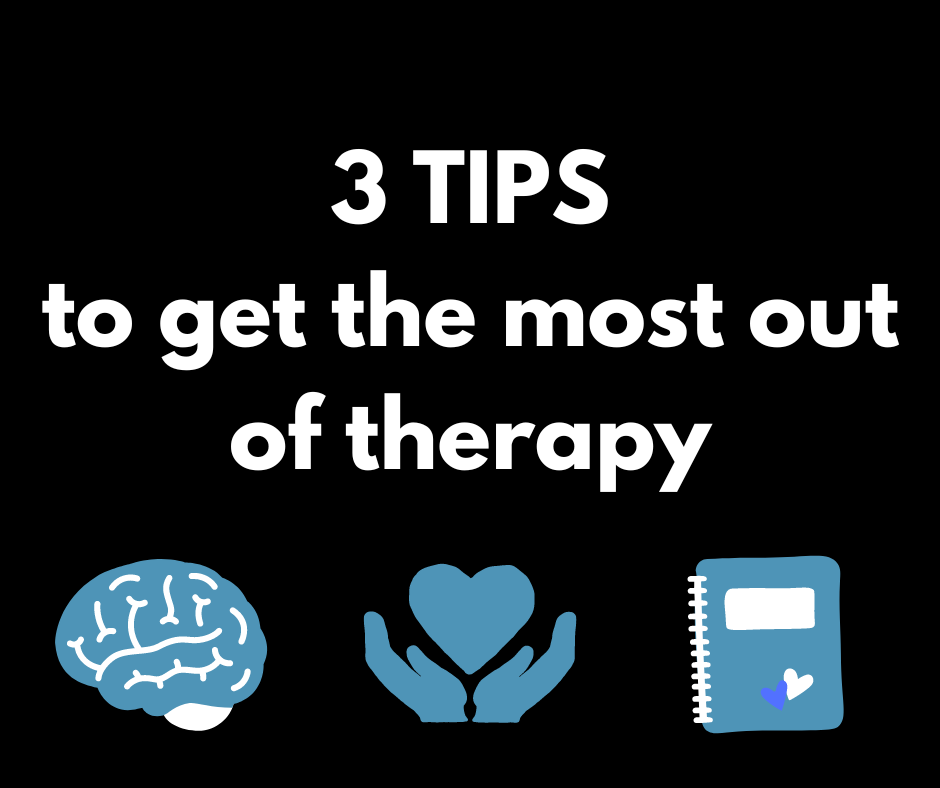CPR is a life-saving technique that saves lives. It is used in an urgent moment when someone has a heart attack or stops breathing. It was created for doctors, but for years now, it has been something anyone can learn to do until expert help arrives.
For mental health, there is a similar urgent opportunity. It’s Mental Health First Aid. It teaches us how to be there – to recognize signs and symptoms in people facing a crisis moment. It’s the CPR of mental health.
Unfortunately, it seems that most people think of mental health as a private issue. That if they see something, they don’t want to say something. That it’s too personal to help with; that we should leave it all to the professionals. Other times people want to reach out, but they don’t feel confident about how to start a conversation.
But mental health issues are growing faster than our resources – especially among teenagers. Instead of withdrawing, we must each become the missing resource and proactively support each other – before issues escalate. While we teens can’t replace trained professionals, we can learn tangible skills to feel more comfortable asking friends if they’re okay. Or to ask for help if you are the one struggling.
At my high school, we get CPR certified as part of our PE curriculum. Mental Health training should be just as common as CPR training – for both teens, and the adults in our lives.
By age 11, more than half of Americans with anxiety will experience their first episode; and 64% of teens who experience mental health challenges do not seek help. But we DO often confide in a friend.
Lady Gaga’s Born This Way Foundation partnered with Jack.org to create the Be There Certificate – a self-paced tutorial on how to recognize signs of struggle, what to say to start that awkward first conversation, and how to better support. Additionally, the National Council for Mental Wellbeing offers “teen Mental Health First Aid” to see, understand and respond to early signs, but not attempt to diagnose or treat mental health issues.

For the “tMHFA” program, I was trained at the new teen-designed allcove center, a pilot initiative located at the Beach Cities Health Districts’ community campus. I learned a process called: “Look, Ask, Listen, Help Your Friend.” Look: regarding warning signs to recognize early if a peer is struggling. Ask: regarding how to approach someone we think is struggling. Listen: regarding the importance of deciphering what a person is saying. Help: regarding how and who to contact when a trusted adult is necessary. Lastly, Your Friend: on the importance of circling back and the power of friendship.
For the “Be There” certification, I was trained on “5 Golden Rules” – not as crisis intervention, but as a simple and actionable framework on how to check in and engage. I practiced real life scenarios, tested my knowledge, and checked my bias. The rules include: 1) Say what you see, 2) Show you care, 3) Learn how to be a better listener, 4) Know your role, and 5) Connect to help.
If it feels too hard to think about getting everyone trained, just remember that CPR wasn’t widely used until the 1960s. And no one today would sit silently while someone was having a heart attack. We must be just as involved when someone is having a mental health challenge. Mental health first aid literacy empowers us to be part of the solution that affects every single one of us.



















